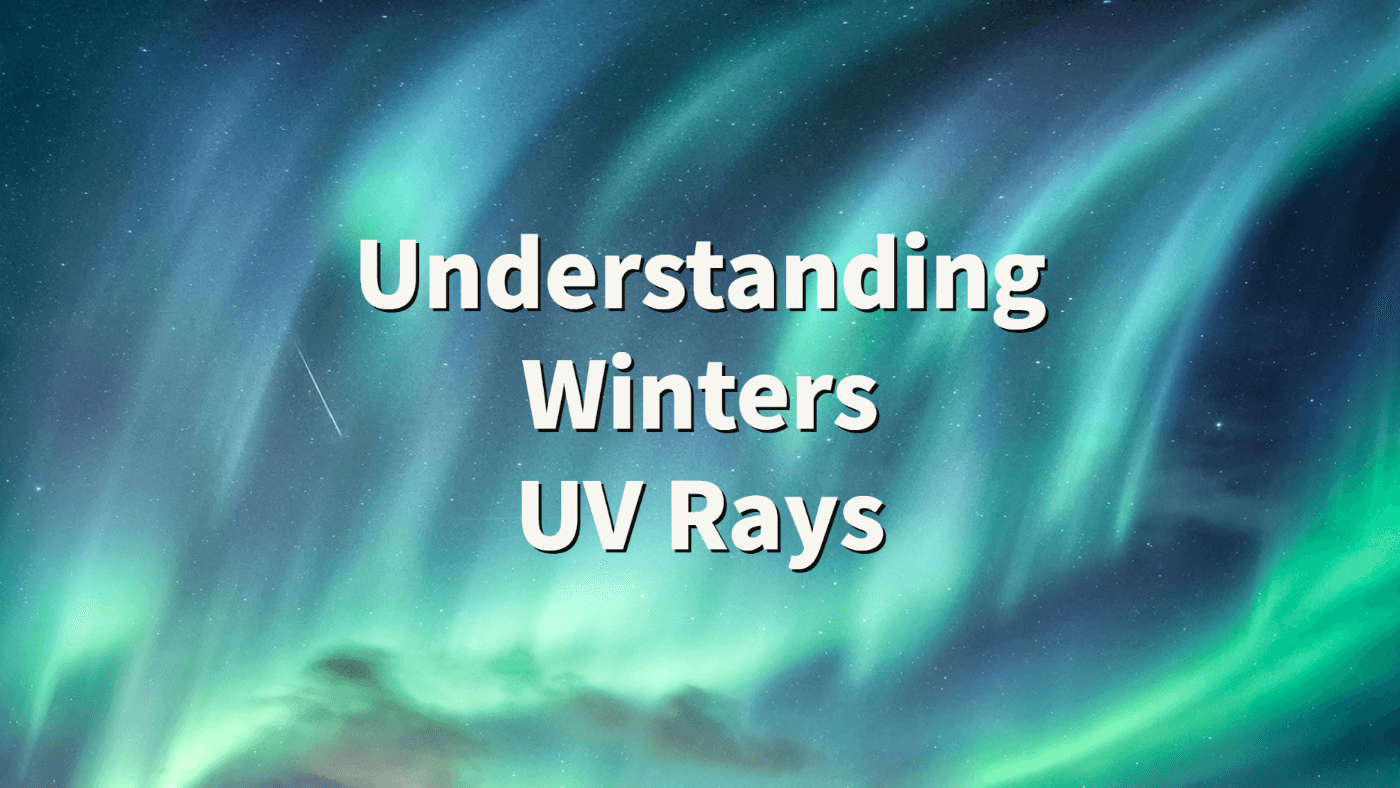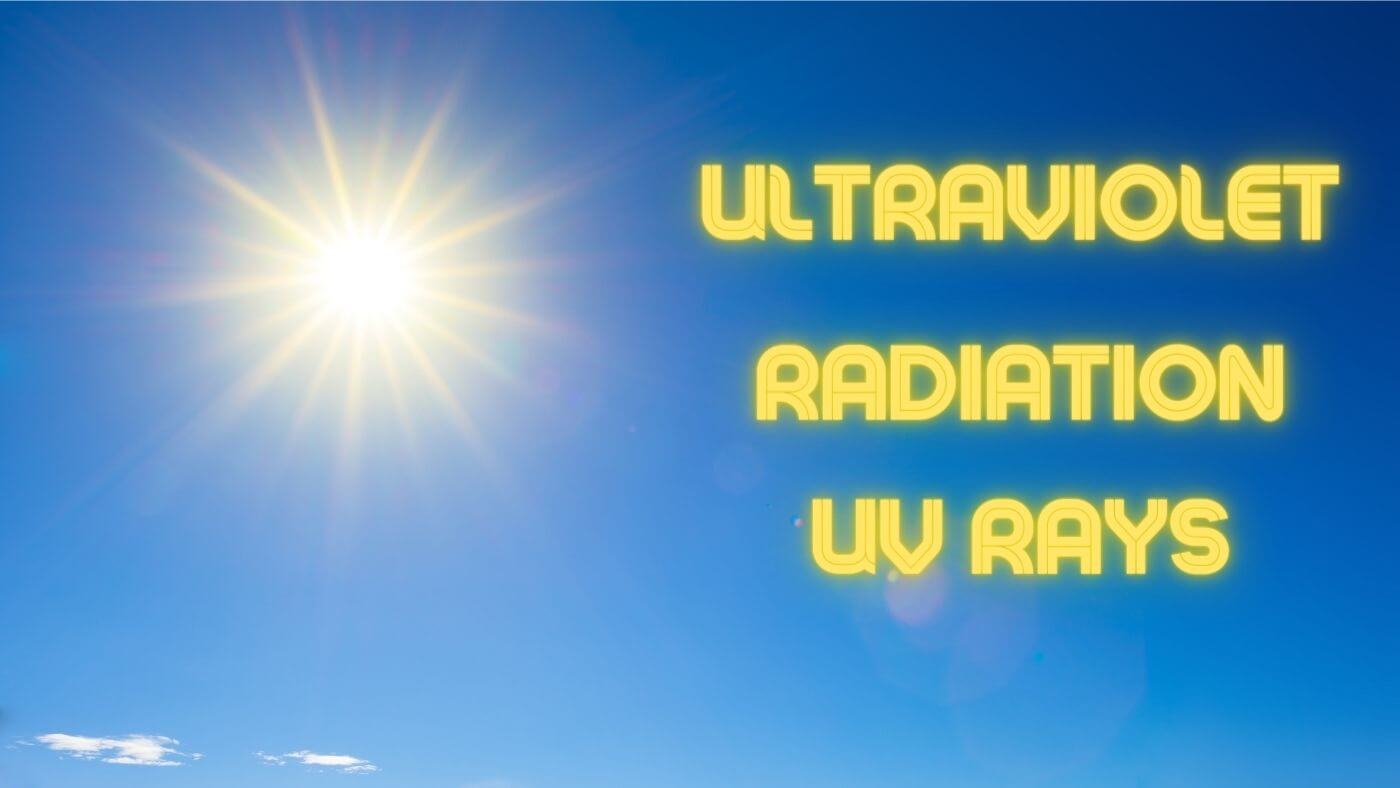What is an actinic keratosis?
What’s that gritty, sandpaper-feeling bump on the top of your head? Is it a mole? Is it some weird dandruff? Is it just a crusty thing that’s part of getting older? If you’ve had a lot of sun exposure and you’re reaching middle age, it could be a precancerous spot! In dermatology, precancerous lesions related to sun exposure are called actinic keratoses. Actinic keratoses most commonly occur on areas of chronic sun exposure such as the face, neck, arms, legs, and bald or thinning scalps. Most of the time, people notice an actinic keratosis as a rough, gritty, pink bump and are surprised to find out it’s a precancerous lesion if it’s their first one. But don’t worry, these pre-cancers aren’t a death sentence. In fact, they are easily treatable and preventable in the first place. If anything, actinic keratoses should serve as a crusty warning sign to take your sun protection more seriously.

Which skin cancer is an actinic keratosis a ‘pre-cancer’ for?
Before diving too deep into how we can treat and prevent actinic keratoses, it’s important to know the basics of the different types of skin cancers out there. The three most common types of skin cancers include:
· Basal cell carcinoma
o People tend to notice these as bumps or pimple-like growths that never go away and sometimes bleed easily.
o These are the least worrisome of the three common skin cancers and almost never spread anywhere else in the body.
o Actinic keratoses do not lead to basal cell cancers.
· Squamous cell carcinoma
o These usually show up as larger, firm, pink or red, scaly bumps on sun-exposed areas of your skin.
o Squamous cell carcinomas are considered moderate in terms of risk when compared with basal cell carcinomas and melanomas. Squamous cell carcinomas can spread and are the cause of several thousand deaths per year.
o Actinic keratoses do lead to squamous cell carcinomas.
· Melanoma
o Characterized by dark, irregular-looking spots similar to moles, melanomas are the most worrisome of the three common skin cancers.
o Over seven thousand people are predicted to die from melanoma in 2022.1
o Actinic keratoses do not lead to melanoma skin cancers.

How worried should you be about actinic keratoses?
Actinic keratoses are considered ‘pre-cancerous’ because anywhere from 1 in 5 to 1 in 1000 can turn into a squamous cell skin cancer, based on a number of studies (with the risk likely being closer to the 1 in 1000 mark).2 Fortunately if you go to a dermatologist, actinic keratoses are easy to diagnose and almost as easy to treat. Some of the most common treatments include:
-
Liquid nitrogen spray
- This extremely cold spray (negative 384 degrees Fahrenheit!) is applied for a few seconds on an actinic keratosis right in the office.
-
5-Fluorouracil Cream
- This is a chemotherapy cream that destroys pre-cancerous cells. It is applied twice per day for 2-3 weeks and causes redness and crusting by the end of the treatment. 5-Fluorouracil cream works really well for people with lots of actinic keratoses.
-
Photodynamic Therapy
- Photodynamic therapy is a special office treatment where red or blue light is directed at the skin after application of a special cream. This combination causes targeted destruction of actinic keratoses. This method also causes redness and crusting afterwards.
-
Biopsy
- If an actinic keratosis is big enough or persistent, your dermatologist may consider taking a biopsy of the lesion for a definitive diagnosis. In some cases, the biopsy could remove the whole thing and act as treatment.

How do you prevent actinic keratoses?
Preventing actinic keratoses is all about avoiding activities that lead to them in the first place. Most of these activities have to do with long term sun exposure. Some factors associated with an increased risk of actinic keratoses include:3,4,5
· Sex (men more than women)
· Older age
· Lighter skin color
· History of sunburns
· Outdoor jobs
· Bald or thinning hair
Unfortunately, we have no control over our rising age and receding hairlines; however, we do have the ability to protect ourselves from the dangers of chronic sun damage. Some practical tips include:
· Wearing broad spectrum sunscreen SPF 30 or higher
· Applying sunscreen every 2-3 hours when you are outside
· Wearing a large wide brimmed hat
· Wearing long sleeves and UV protective clothing
· Minimizing activities in the direct sun between 10:00 AM and 4:00 PM
Don’t let these small bumps turn into a big problem
Overall, actinic keratoses are barely noticeable and easily treatable. However, they can and do turn into skin cancers. So be sure to protect yourself from the sun and talk to your doctor about any new crusty bumps on the skin – because it just may save your life!
1. "Basal & Squamous Cell Skin Cancer Statistics.” https://www.cancer.org/cancer/basal-and-squamous-cell-skin-cancer/about/key-statistics.html.
2. Eisen, Daniel B., Maryam M. Asgari, Daniel D. Bennett, Suzanne M. Connolly, Robert P. Dellavalle, Esther E. Freeman, Gary Goldenberg, et al. “Guidelines of Care for the Management of Actinic Keratosis.” Journal of the American Academy of Dermatology 85, no. 4 (October 1, 2021): e209–33.
3. Trakatelli, M., K. Barkitzi, C. Apap, S. Majewski, E. De Vries, and EPIDERM group. “Skin Cancer Risk in Outdoor Workers: A European Multicenter Case-Control Study.” Journal of the European Academy of Dermatology and Venereology: JEADV 30 Suppl 3 (April 2016): 5–11.
4. Green, A., G. Beardmore, V. Hart, D. Leslie, R. Marks, and D. Staines. “Skin Cancer in a Queensland Population.” Journal of the American Academy of Dermatology 19, no. 6 (December 1988): 1045–52.
5. Flohil, Sophie C., Robert J. T. van der Leest, Emmilia A. Dowlatshahi, Albert Hofman, Esther de Vries, and Tamar Nijsten. “Prevalence of Actinic Keratosis and Its Risk Factors in the General Population: The Rotterdam Study.” The Journal of Investigative Dermatology 133, no. 8 (August 2013): 1971–78.
Sol Style Pomade with UV Protection SPF 33

$12.00
A professional pomade with the benefit of UV protection. Classic styling, medium hold, and a lightweight feel. Smooth, flexible, moisturizing, and rinses out clean. Made in the USA, Paraben-Free and Free Shipping.… read more




